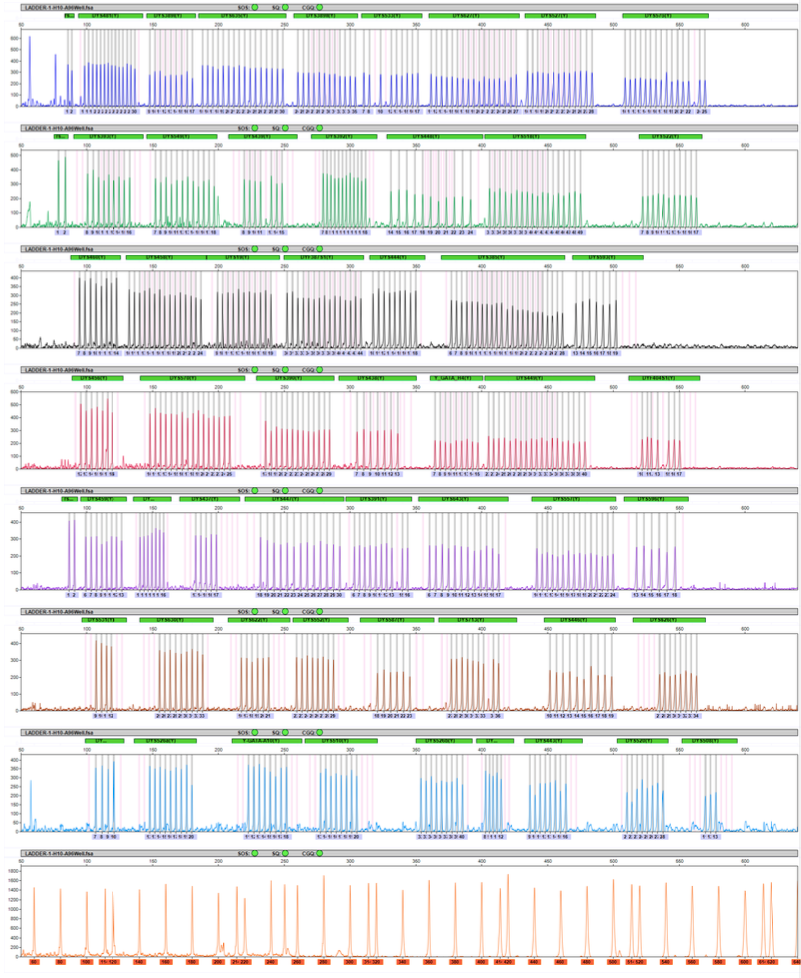Potatoes, like other crops, have their own unique requirements for environmental conditions during each period of growth and development. Whether these conditions can be met will determine whether its plant growth is robust and coordinated, and whether it can achieve higher yields. Potato growth conditions include temperature, light, moisture, soil and nutrition.
1. The growth and development of potato requires cooler climatic conditions, after tuber sowing. When the temperature in the underground 10 cm layer reaches 7-8°C, the young shoots can grow. When the temperature is 10-12°C, the young shoots can thrive and be quickly unearthed. Especially for early maturing varieties, if the seeds are sown early, the potatoes often encounter late frost after emergence. When the temperature drops to 0°C, the seedlings are chilled and severely fatal.
2. The light potato is a hi-light crop, and its growth and development respond strongly to the light intensity and the daily sunshine hours.
The requirements for light in potato's life are different. In the first stage of potato growth (ie, germination period) requires darkness, light inhibits shoot elongation, promotes thickening, hardening of tissues, and production of pigments. The long duration of seedling and hair growth is beneficial to the growth of stems and leaves and the occurrence of stolons. The potato period is suitable for short light and the potato is fast. Strong light not only affects the growth of potato plants, but also affects the distribution of assimilation products and plant development. Under light conditions, leaf area increased, photosynthesis increased, and dry matter weight of plants and tubers increased significantly. Short sunshine is good for potato and it is not conducive to long pods. In addition, short days can counteract the adverse effects of high temperatures.
3. Moisture During the growth of potatoes, sufficient water must be supplied to obtain high yields.
The germination period requires very little water, but the germination period requires the soil to contain the appropriate moisture, which is conducive to the growth of the potato just to produce the water needed for root growth, otherwise the root elongation, shoot growth will be inhibited and should not be unearthed. Therefore, prior to sowing, it is required that the upper part of the soil be loose, while the lower part should keep the soil moist.
4. Adaptability of soil potato is very strong, generally the soil can grow.
The soil that is most suitable for the growth of potatoes is sandy loam, with sufficient air, which is beneficial to the growth of tubers and roots. However, due to the poor water retention and fertility conservation ability of this type of soil, it is better to adopt flat soil for planting and appropriate deep sowing for planting. Potato tubers grown on sandy soil are neat, with smooth skin, normal potato shape, high starch content, and easy harvesting. If potato is grown in heavy soil, it is best to use high ridge cultivation to facilitate drainage and ventilation. Because such soils have good fertilizer and water retention capacity, potato production is often high as long as the drainage is smooth.
5. Nutrition (fertilizer) During the lifetime of a potato, a large amount of fertilizer is needed.
Among the three elements of nitrogen, phosphorus and potassium, potato needs potassium fertilizer, followed by nitrogen fertilizer and phosphorus fertilizer. In addition to the above three major factors, potato growth also requires medium and trace elements. The main elements required are calcium, magnesium and sulfur. The required trace elements include zinc, copper, molybdenum, iron, manganese and boron.
To extract a mixture of DNA fragments, put through a PCR instrument to do a simple purification. Remove the free fluorescent ddNTP single nucleotide, leaving a DNA fragment of a certain length, which can be sequenced on the machine. A polyacrylamide solution is first injected into a hollow capillary during the sequencing process. Then, the polyacrylamide solution was ionized by UV light irradiation to generate a polymerization reaction. The polyacrylamide gel produces a separation effect under the electric field to start the electrophoresis of nucleotide. The electrophoretic movement of short DNA fragments is fast, and the electrophoretic movement of long DNA fragments is slow. The mixture of DNA fragments moves from a negative charge to a positive charge under the action of an electric field in a capillary containing a polyacrylamide gel. The positive end of the capillary is irradiated with a solid-state laser, and a spectroscopic optical sensor records the different fluorescence intensities. Each DNA fragment, when passing through the laser scanning point, has a fluorescent group on it, which will emit a specific fluorescent color.
Because in the previous polymerization reaction process, the starting point of the polymerization reaction starts from a specific primer position. Therefore, the DNA fragment that reaches the laser scanning point of electrophoresis first is the shorter fragment, so its polymerization termination position will be closer to the polymerization start position. Therefore, the fluorescent color reflects which of the bases at its 3' end is A, T, C, and G.
Conversely, the slower the electrophoresis of DNA fragments reaches the laser scanning point, the longer the DNA fragments. As a result, its termination site is farther away from the starting position of the primer. Finally, a map of four colors is obtained.

Fragment Analysis Instrument,Medical Diagnosis Clinical Analyzer,Forensic Testing Dna Sequencer,Capillary Fragment Analysis Genetic Analyzer
Nanjing Superyears Gene Technology Co., Ltd. , https://www.superyearsglobal.com